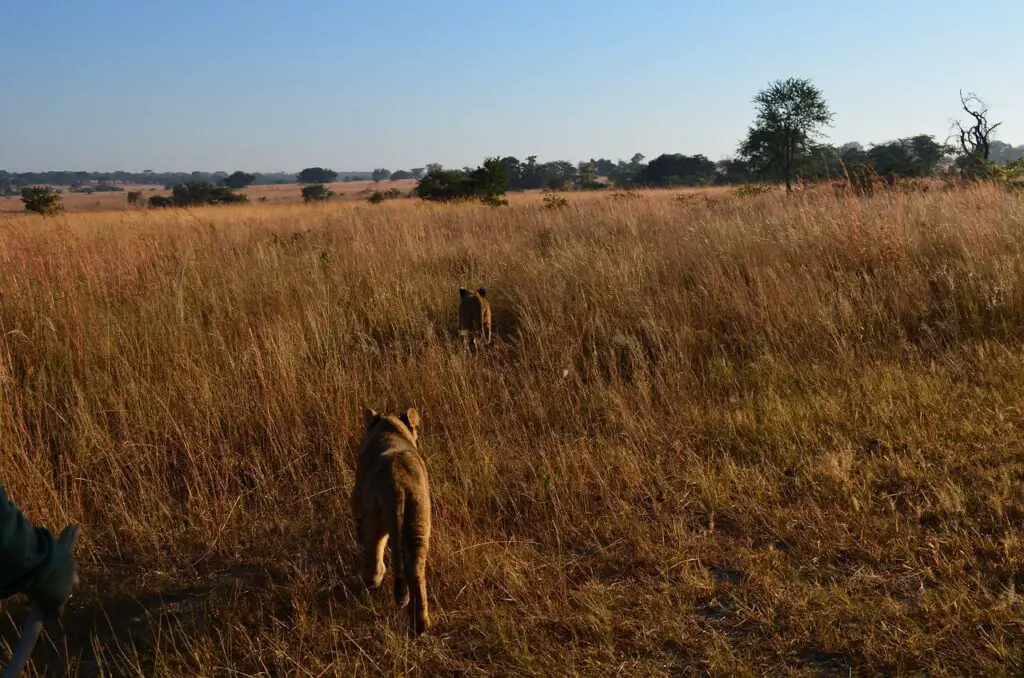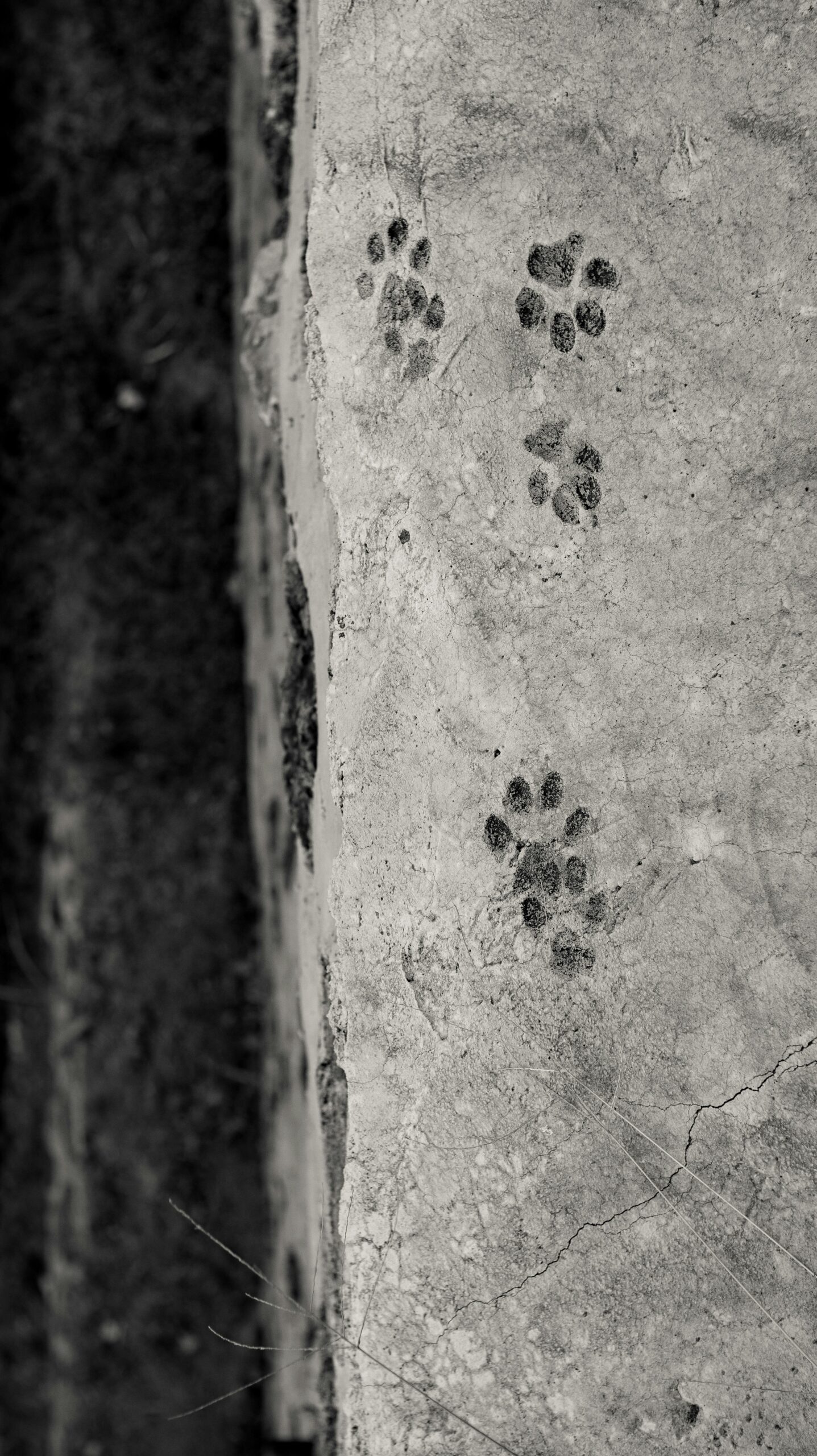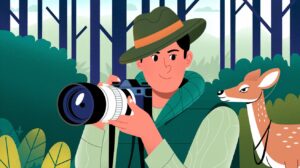As you venture into nature’s wilderness, a whole unseen world comes alive through subtle signs left by local fauna. While direct encounters with animals in the wild can be rare, their tracks and traces act like clues into recent activity. Learning to recognize common wildlife footprints opens up new dimensions of any hike or camping trip. With some basic knowledge and a little practice, you’ll soon read stories in the soft mud and dusty trails. This guide will help you identify common animal tracks and interpret the associated behavior. Start your journey as an amateur naturalist by understanding these cryptic messages that reveal an often hidden diversity of wildlife.
Wildlife Tracking 101: The Basics of Identifying Animal Footprints and Behavior
Look for the Right Environment
To identify animal footprints, look for areas where animals travel, such as along game trails, near water sources, or between feeding spots. Mud, sand, and snow are ideal tracking surfaces, as they clearly capture footprint details. Grass and leaves may also show imprints. Scan the area to spot footprints, then examine them closely.
Examine the Footprint Characteristics
Carefully note the footprint’s shape, size, number of toes, and other features. Round footprints with four toes are likely deer, while pointed toe prints with five toes are often fox or coyote. Canine prints show claw marks, while feline prints do not. Measure the print from toe to heel to determine size – larger prints are more likely to be deer or bear rather than rabbit or squirrel.
Look for Patterns and Gait
Animals have distinctive gaits that often lead to patterned footprints. Deer and bears place hind footprints partly inside front footprints, while foxes and coyotes have an alternating, zig-zag pattern. The distance between prints also provides clues – closer prints indicate a walking gait, while farther apart prints are more likely running or bounding. Patterns can reveal the animal’s direction of travel.
Consider Other Signs
Footprints are not the only clues animals leave behind. Also look for scat, hair, scratch marks, chewed vegetation or prey remains. The combination of multiple signs helps confirm what types of animals were present and their behavior. With regular practice, you’ll become adept at piecing together the story of animals’ passage through the area.
Following these basics will set you on the path to becoming an expert wildlife tracker. Spend time honing your observation skills, get to know your local animals and their habits, and before you know it, the forest will reveal its secrets.
A Beginner’s Guide to Interpreting Prints and Other Animal Signs in Nature
Track Patterns and Gaits
Animals have distinct patterns of movement and gaits that often leave identifiable prints. For example, canines like dogs and coyotes have an asymmetrical gait, with front and hind feet landing close together, while felines like bobcats have an asymmetrical gait with hind feet landing in the prints of front feet. Deer, on the other hand, have a symmetrical gait, with hooves landing side by side. Study common animal gaits and the patterns they leave to help determine what creature made the tracks.
Measure Size and Shape
Once you have an idea of the potential animal based on gait, look closely at the size and shape of individual prints. Measure the length and width to determine if the print was made by a large or small animal. Also note the number of toes – most canines have four toes, felines have four toes and an oval-shaped pad, while deer have two toes that form a heart shape. The shape and number of toes, combined with the size, provide important clues to identification.
Look for Other Signs
In addition to tracks, look for other signs of an animal’s presence like scat, fur, scratch marks, or chewed vegetation. The location, quantity, and contents of scat, for example, can confirm the animal’s identity, as different animals have different diets and scat shapes. Scratch marks on trees may indicate the height of an animal, while chewed plants suggest a herbivore. The more signs you find, the more confident you can be in your identification.
With practice, identifying wildlife by their tracks and signs will become second nature. Be patient, start with the most common animals in your area, and don’t forget to consider the surrounding environment for additional clues. You’ll be reading the natural world like an expert in no time.
How to Identify Common Animal Footprints: A Photo Guide
When trying to determine what animals have been in an area, footprints are one of the best clues. Learning how to properly identify footprints takes practice, but knowing the characteristics of common animal tracks can help you become a proficient tracker.
Canine Tracks
The tracks of dogs and coyotes are often confused for each other. Canine tracks show four toes and a triangular shaped pad. Dog tracks tend to be rounder, while coyote tracks are more oval-shaped. Coyote tracks also tend to be larger, measuring 2 to 3.5 inches in length, compared to 1.5 to 2.5 inches for most dogs.
Feline Tracks
Feline tracks, like those from bobcats or mountain lions, also show four toes, but are more asymmetrical than canine tracks. The feline foot has three main pads – one large pad on the bottom, and a small pad behind each middle toe. Feline tracks are usually larger than canine, measuring 3 to 4 inches for bobcats and up to 5 inches for mountain lions.
Ungulate Tracks
Ungulates are hooved animals like deer, elk, moose, and bighorn sheep. Their tracks show two oblong, pointed toe impressions from their cloven hooves. Deer and elk tracks are the most commonly seen, measuring 2 to 3.5 inches in length. Moose tracks can be up to 6 inches long. Bighorn sheep tracks are slightly more oval, measuring 3 to 4 inches.
Rodent Tracks
The tracks of animals like squirrels, beavers, and porcupines show four toes on the front feet and five on the back feet. Front tracks are larger, measuring 1 to 2.5 inches, while hind tracks are smaller. Rodent toes are arranged in an arc, with the middle three close together. Claw marks are often visible. Rodent tracks can resemble those of felines, but are more symmetrical and show distinct claw marks.
With regular practice, identifying animal footprints can become second nature. Comparing tracks to reference guides, noting distinctive features like number of toes, pad shape, and size are the keys to determining what animals have left their footprints behind.

Beyond Footprints: Other Clues for Identifying Wildlife
In addition to tracks and footprints, animals leave behind many other signs that can aid in identification. Careful observation of the surrounding environment can provide clues about the animals that inhabit an area.
Scat and Droppings
Animal droppings, known as scat, provide useful information for identification. The size, shape, and contents of the scat can indicate the animal’s diet and size. For example, coyote scat often contains fur and bone, while deer scat contains partially digested plant matter. The location of the scat also provides clues, as predators often defecate in conspicuous locations to mark their territory, while prey animals defecate in hidden areas.
Chewed or Gnawed Material
Teeth marks on plants, twigs, and logs provide evidence of which animals have been browsing or feeding in the area. The pattern, size, and shape of the tooth marks can identify the culprit. For example, beavers leave behind chewed logs and stumps, while porcupines strip away tree bark. Deer often feed on low-growing shrubs and foliage.
Territorial Markings
Some animals mark their territory to ward off competitors or attract mates. These markings include scratched trees, scent markings, and vocalizations. For example, bears mark trees by biting and clawing at the bark. Coyotes and wolves urinate on plants and logs to mark their territory with scent. The sounds of howling, yipping, or bird calls in the distance may also indicate the presence of territorial animals.
Nests and Burrows
The homes that animals construct provide obvious clues to their identity. Observe nests and burrows to determine their size, shape, and location. For example, a large mound of sticks in a tree is likely an eagle’s nest, while a hole in the ground with a narrow entrance is probably a rabbit burrow. Look for tracks, scat, or fur near the nesting site for additional confirmation.
With some practice, these clues can become second nature. Careful observation of all signs, not just footprints, is key to successful wildlife identification and tracking. Be patient, move slowly, and take in all the details surrounding you. The stories animals leave behind can reveal their secrets.
FAQ: Answering Common Questions About Wildlife Tracking Basics
What skills are required to track animals?
To become proficient at identifying wildlife tracks and behavior, several key skills are required. The most important are patience, close observation, and knowledge of the animals in your area. You will need to move slowly and carefully observe tracks, scat, feeding signs, nesting spots, and any other clues to determine what animals have been present and what they were doing. Study wildlife guidebooks to learn about the tracks, gaits, feeding habits, and behaviors of animals in your region. With regular practice, these skills will become second nature.
What equipment is needed?
The equipment needs for basic wildlife tracking are minimal. You will require a field guide to help identify any tracks or scat you find, a notebook to record your observations, and a camera to document what you discover. For comfort, dress for the weather and terrain and consider wearing boots, binoculars, kneepads, and field attire. Some trackers use plaster to make casts of tracks or measuring tapes to determine stride lengths. These tools are optional but can provide valuable data.
What are the best places to look for animal signs?
The best places to look for wildlife signs are areas where animals travel, feed, or rest. Trails, game paths, creek beds, and forest clearings are all high-probability areas. Look for tracks crossing over human trails or roads. Scan for scat, hair caught on branches, nesting spots, or feeding remains. Pay attention to landscape features like fallen logs, rocky outcroppings or brush piles where animals may rest or hide. Be very quiet and move slowly when exploring, as you may catch a glimpse of the animals themselves.
With regular practice of these wildlife tracking basics, you will gain valuable knowledge about the animals sharing our world. Be respectful of the environment and do not disturb or provoke any animals you encounter. Take only pictures and leave only footprints as you explore. Happy tracking!
Upgrade your wildlife photography: Capture stunning nighttime images with the clarity of Ultra-X.
Get Now!


Conclusion
As you have learned, identifying animal behavior and footprints is an exciting way to explore the natural world around you. With practice, patience, and an open mind, beginners can start recognizing common animal signs and interpreting the stories they tell. Tread lightly, move quietly, and keep your senses tuned to your surroundings. The more time you spend outdoors observing, the more patterns will emerge. Soon you’ll be able to distinguish the tracks of local fauna and gain fascinating insights into their daily lives. Remember to document your findings and share your growing knowledge. There is still so much to discover by following these trails. Now it’s your turn to begin the tracking journey.





